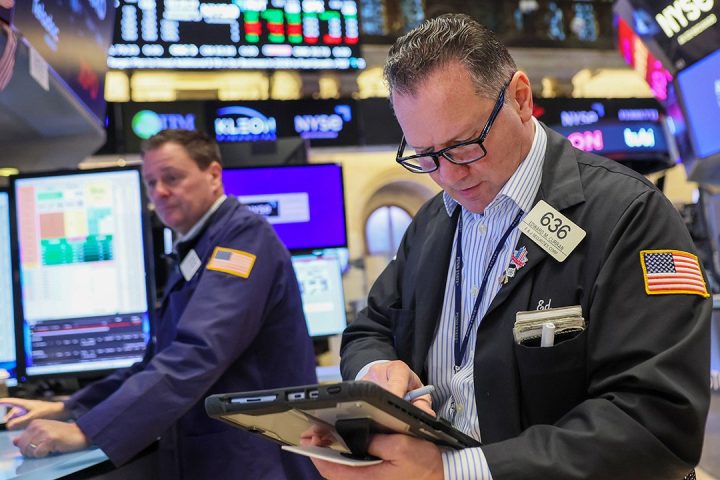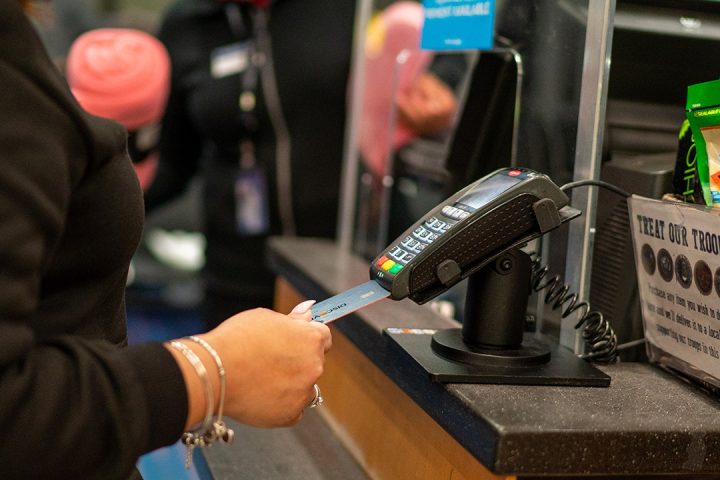Minimum-wage workers in half of the country will see their pay go up in 2024 — but it likely won’t be enough to keep up with the cost of living.
Minimum-wage increases will go into effect in 22 states on Jan. 1, and three additional states will raise their minimum wage later in the year: Nevada and Oregon on July 1, and Florida on Sept. 30. These increases range from 23 cents to $2, putting the new state minimum wages in the range of $10.30 to $16.28. Washington state will have the highest minimum wage in the U.S. in 2024 at $16.28 an hour, followed by California at $16.
In addition to the state increases, workers in almost 40 counties and metropolitan areas will see raises that will put their minimum hourly pay higher than their state’s minimum wage. Denver, for example, is raising its minimum wage to $18.29 an hour, higher than Colorado’s new minimum of $14.42 an hour. The Seattle suburb of Tukwila, Wash., is mandating that larger employers pay workers at least $20.29 an hour and that medium-size employers pay at least $18.29 — higher than the state’s new $16.28 minimum.
Workers in certain industries could also see raises next year — among them healthcare workers and fast-food workers in California, where the governor this year signed two union-backed wage bills.
Some 9.9 million U.S. workers stand to benefit from the state minimum-wage increases on Jan. 1, according to estimates from the Economic Policy Institute, a left-leaning think tank. The new minimums will result in an automatic pay raise for the lowest-paid workers, but they will also ripple out to workers whose wages are not much higher than the minimum, boosting their pay as well.
Meanwhile, wages for workers in 20 states will continue to be governed by the federal minimum wage of $7.25, which hasn’t gone up since 2009. Five other states have minimum-wage mandates higher than the federal rate but don’t plan to raise wages in 2024: New Mexico and Massachusetts, which raised their minimum wages in January 2023 to $12 and $15, respectively; Arkansas, which raised its minimum to $11 in 2021; West Virginia, which raised its wage to $8.75 in 2015; and Virginia, which raised its minimum to $12 last year and is planning another increase, to $13.50, in 2025. The EPI has a state-by-state minimum-wage tracker here.
As of October, about 3 million workers, or 2% of the total U.S. workforce, were earning less than $10 an hour, according to the EPI, and close to 18 million workers were earning less than $15 an hour, the pay level that many labor advocates have pushed for in recent years.
Among the 25 states that are raising their minimum wage in 2024, 19 states and Washington, D.C., have pegged theirs to the cost of living. But even so, the gains won’t keep pace with the effects of inflation, some experts said.
That’s because the starting point for the minimum wage is still much lower than it should be, according to Rick Wartzman, the author of the 2022 book “Still Broke: Walmart’s Remarkable Transformation and the Limits of Socially Conscious Capitalism” and a member of the board of Living Wage for US, a nonprofit focused on bringing up wages high enough to cover the real costs of living.
The 2024 pay increases are important for minimum-wage workers, but they’re not enough, Wartzman said. A livable wage is $20 an hour, or $40,000 a year for a full-time worker, he said — an amount that is higher than most state and local minimum wages.
“There are tens of millions of Americans who get up, go to work every day, work hard and still don’t really have enough to make ends meet and will still be confronted with terrible choices, if not all the time,” he told MarketWatch. Some of those choices, he said, include deciding whether to buy food for their kids or to pay rent or utility bills.
Also read: Why $100,000 can’t support a middle-class family anymore, according to a viral video
While the federal minimum wage hasn’t changed since 2009, the cost of living has risen over the years, decreasing the true value of that wage. Here’s another way to look at it: If the lowest-paid workers had the same purchasing power today as they did in 1968, the current minimum wage would be over $22 an hour instead of the $7.25 it is now, according to a recent report by Payscale, a salary-information platform.
And the inflation that started ramping up in late 2021 and reached a 40-year-high in June 2022 has made a significant dent in the value of wages. The cost of living was 3.1% higher in November compared with the year before, according to government data.
Although nominal wages have been rising in the past few years, workers are increasingly expressing concern about their financial situations, according to Lulu Seikaly, a senior employment counsel at Payscale, a compensation-software company. Real wage growth is softening, she added.
Benefits of a hot labor market could be fading
During the pandemic, the lowest-paid workers in the country, including those who work in the retail, fast-food and healthcare industries, saw the fastest increases in real wages, because employers were desperate to fill needed roles during the public health emergency.
As a result, many once low-paying jobs now offer much higher pay and benefits than mandated by the federal minimum wage. Some retailers have also set their lowest wages well above the federal minimum wage regardless of the location of the jobs. In March, Walmart
WMT,
raised its minimum wage for store employees to $14 per hour from its previous $12 rate to attract more workers in a tight labor market. For the company’s membership-based, warehouse-style supermarket Sam’s Club, the minimum wage is $15 an hour. Target
TGT,
Amazon
AMZN,
and Best Buy
BBY,
have also raised their lowest wages to $15. And Amazon recently hired temporary staff to pack and ship holiday orders at a pay range of $17 to $28 per hour, depending on location, the company said.
Walmart and Best Buy did not immediately respond to requests for comment.
How long might this effect on wages last?
“We’ve come through kind of a hot labor market,” Wartzman noted. “There are signs that it’s cooling. I don’t expect those [workers] at the lower end to continue to make the gains they have over the last few years.”
The U.S. labor market is still stronger than it was before the pandemic. In fact, 2023 was the first year that nominal wage growth caught up with inflation, as Claudia Sahm, a former Federal Reserve economist who now heads the Macroeconomic Research initiative of the Jain Family Institute, noted in a post on X. But demand from employers is starting to slow — something the Fed is aiming for as part of its battle to bring down inflation.
There were still about 8.7 million available jobs in October, according to the latest government data, compared with 10.4 million at the same time in 2022 and 11.4 million in 2021. But the gap between job openings and the number of unemployed people looking for jobs is narrowing. About 6.3 million jobless workers were looking for a role in November, according to the latest government data, slightly more than the 6 million who were looking in November 2022.
“Now what we’re seeing is a shift back toward an ‘employer’s market.’ Just a little — it’s not drastic,” Seikaly said. “So there may be folks out there who are willing to take a $7.25-an-hour job now, but a year ago, I couldn’t tell you who that person was.”
And even though many employers raised wages during the pandemic, minimum-wage jobs still exist. When there are plenty of jobs to be had, those lowest-paying jobs are more likely to be neglected, Seikaly said. But with more people competing for a smaller number of jobs now, some workers might opt for a minimum-wage job, at least temporarily.
“It also could be that these folks now are going to work the $7.25-an-hour jobs as a placeholder until they can find that double the amount,” she said.
Now read: Americans are more optimistic on inflation — but they’re feeling iffy about the job market, New York Fed says
Read the full article here






